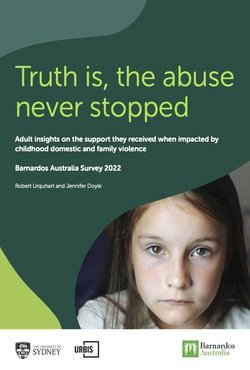By Maxi Ussar
Globally, 1 in 5 girls and 1 in 13 boys have been sexually exploited or abused before reaching the age of 18. Some recent research suggests that online interaction is now so ubiquitous that it is likely to feature in some form in almost all cases of child sexual exploitation and abuse. Increased internet penetration and advances in technology have allowed offenders to engage in child sexual exploitation and abuse in an unprecedented environment of secrecy and relative anonymity across the globe. While the full scope and extent of the threat of technology-facilitated child sexual exploitation and abuse remains unknown, global statistics show alarming increases in reported cases to national hotlines and clearing houses in recent years. A new sense of urgency: The COVID-19 pandemic, which brought with it increased emotional vulnerabilities, economic hardship and surges in unsupervised time online among children and adolescents is likely to have magnified vulnerabilities to child exploitation and abuse, particularly online. Widespread disruptions in child protection services across the world have left vulnerable children without access to adequate protection, further contributing to a new sense of urgency to address online child sexual exploitation and abuse. The WeProtect Initiative. To tackle online child sexual abuse and exploitation globally, the UK government, with support from other national governments, leading technological companies, INTERPOL, UN agencies and civil society organizations, established the WeProtect initiative in 2014. The initiative developed the WeProtect Global Alliance Model National Response (MNR), which provides a comprehensive blueprint for effectively tackling child sexual exploitation and abuse at the national level.
New York: United Nations Children’s Fund (UNICEF) December 2021. 106p.





















